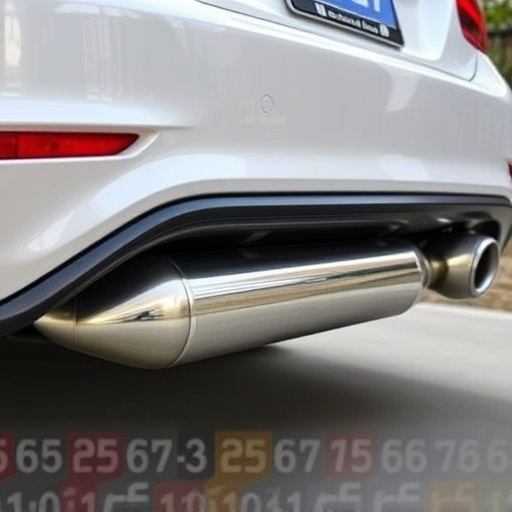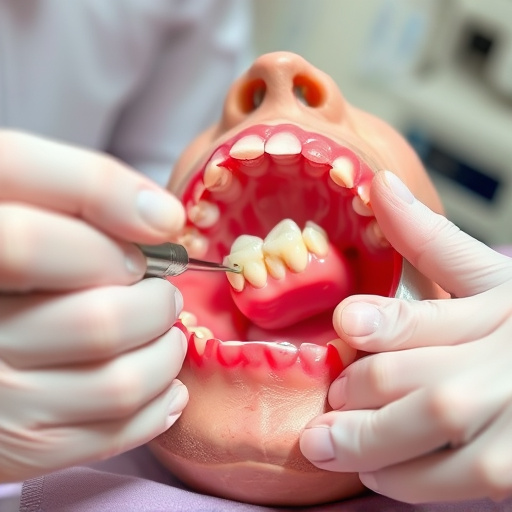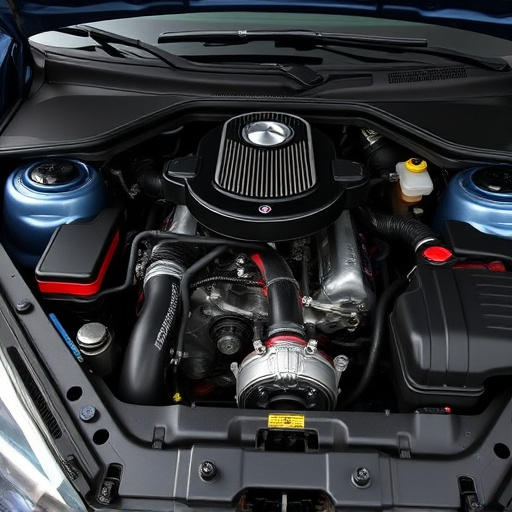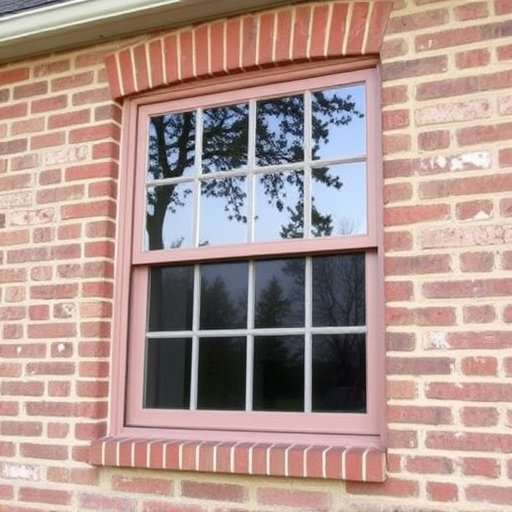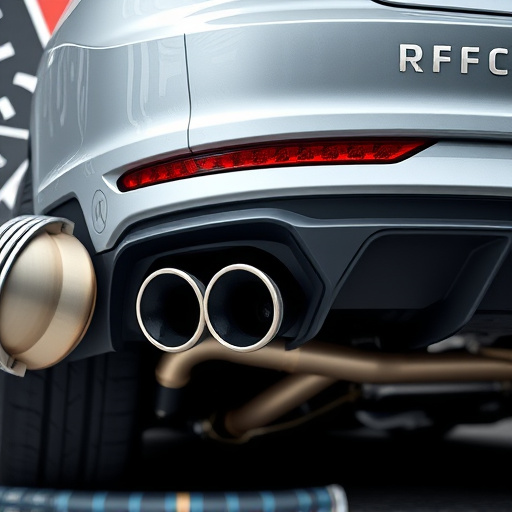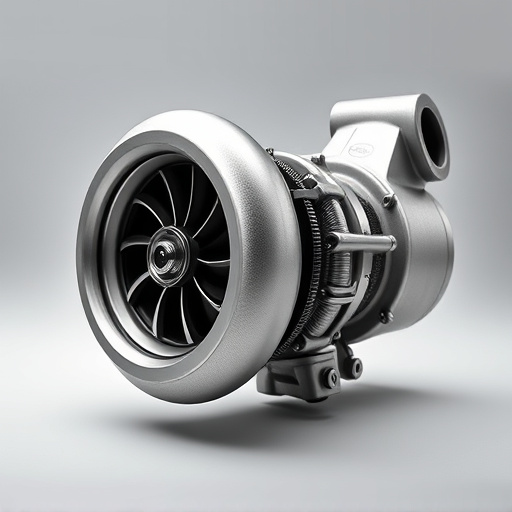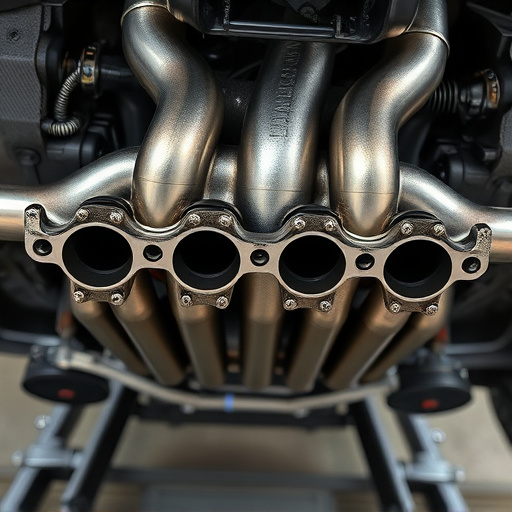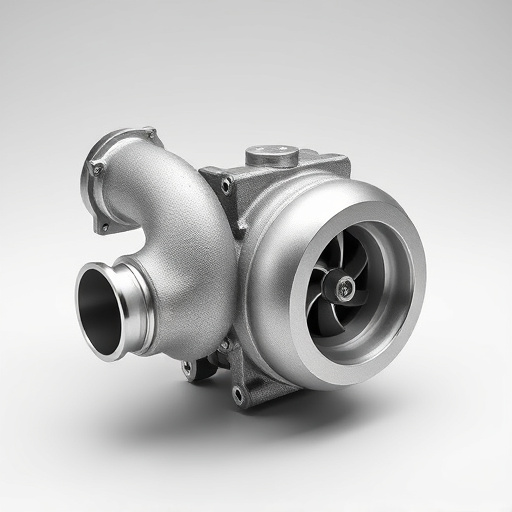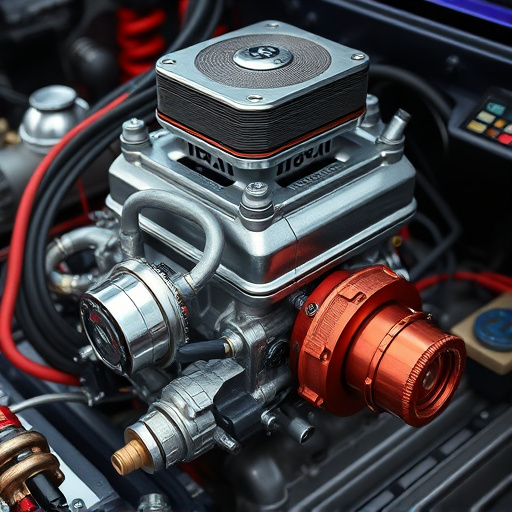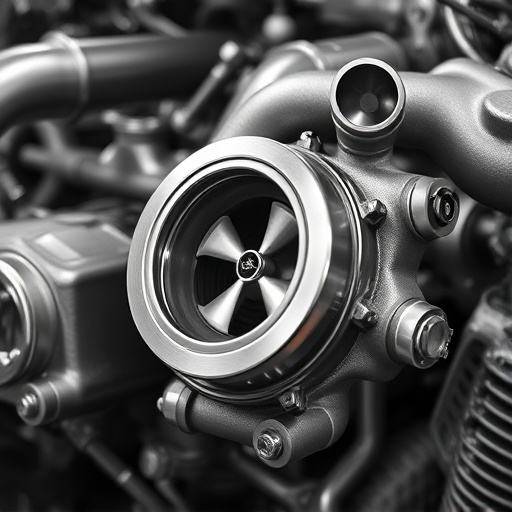Brake pads and rotors are critical safety components for vehicles, slowing them down or stopping them. They wear out over time due to usage and conditions, affecting braking effectiveness and potentially causing rotor damage. Regular inspections are essential for optimal performance and safety, with costs varying based on labor rates (typically $75-$150/hour) and part types (pads range from $20-$100+, rotors $15-$50+). Proactive maintenance through routine checks, proper fluid levels, and high-quality parts can extend their lifespan, saving money by preventing costly repairs.
“Unsure about the cost of replacing your brake pads and rotors? This comprehensive guide breaks down everything you need to know. From understanding the key components and their wear patterns, to exploring factors that influence replacement costs—including labor vs parts—we’ve got you covered. Learn essential maintenance tips to budget effectively for future brake jobs. Stay informed, stay safe.”
- Understanding Brake Pads and Rotors: Components and Wear
- Factors Affecting Replacement Costs: Labor vs Parts
- Maintenance Tips and Budgeting for Future Brake Jobs
Understanding Brake Pads and Rotors: Components and Wear
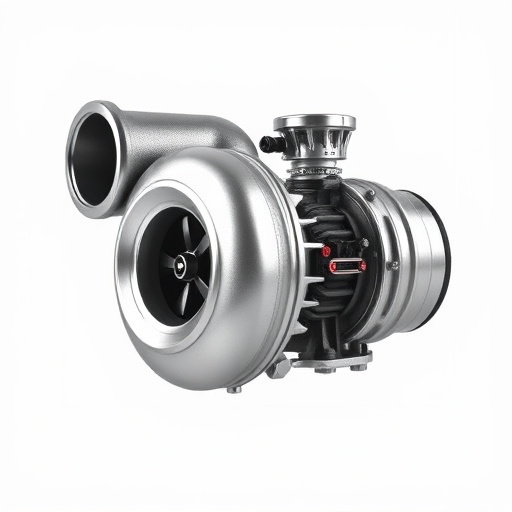
Brake pads and rotors are fundamental components of a vehicle’s braking system, working together to slow down or stop the car when you press the brake pedal. Brake pads, which are typically made of metal or composite materials, apply pressure against the spinning brake rotors to create friction, thereby reducing the vehicle’s speed. Rotors, usually cast iron discs, serve as the surface against which the pads press. Over time, these components undergo wear and tear due to constant use and exposure to varying driving conditions.
Brake pads experience gradual wear, leading to reduced effectiveness in stopping the vehicle. This is often visible through increased pedal travel or a pulsing sensation during braking. Brake rotors, while more durable, can also become warped, cracked, or grooved from heavy braking, poor maintenance, or environmental factors such as moisture and corrosion. Regular inspection of these components is crucial for maintaining optimal vehicle performance and ensuring the safety of every journey. Issues detected early in the wear process can be addressed before they escalate into more costly repairs.
Factors Affecting Replacement Costs: Labor vs Parts
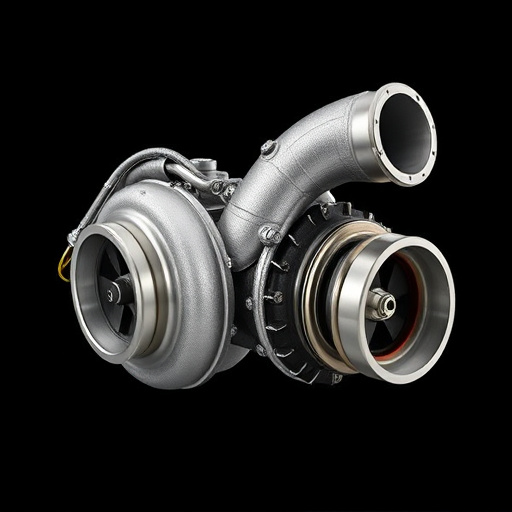
When it comes to replacing brake pads and rotors, the cost can vary greatly depending on several factors. One of the primary distinctions lies in the breakdown between labor expenses and parts costs. Labor rates differ significantly across auto repair shops, with prices influenced by factors such as location, shop’s reputation, and market competition. On average, labor fees for this task typically range from $75 to $150 per hour, though it can be higher in metropolitan areas or for specialized facilities.
In contrast, the price of brake pads and rotors themselves is more straightforward. The cost of these components varies based on their quality, brand, and vehicle compatibility. Standard brake pads usually range from $20 to $50 per pad, while high-performance options or exotic brands can cost up to $100 or more. Rotors, generally made of steel or cast iron, have a price point that averages between $15 and $50 each, with more advanced materials like aluminum or carbon ceramic rotors commanding higher prices, often exceeding $100. Additionally, for those interested in upgrading their braking system with coilover kits, these can range from several hundred to over a thousand dollars, depending on the make and model of the vehicle.
Maintenance Tips and Budgeting for Future Brake Jobs
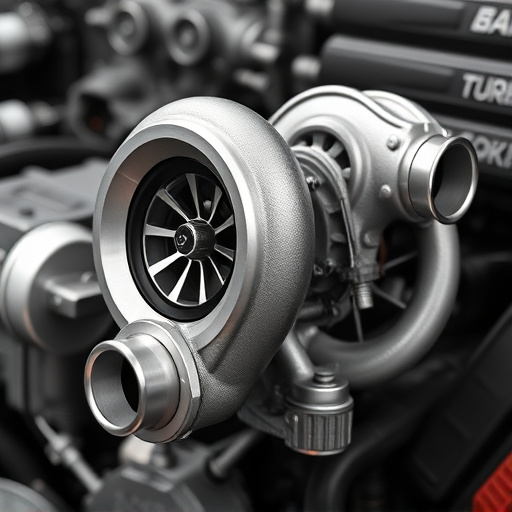
Regular maintenance is key to ensuring your brake pads and rotors last as long as possible and maintain optimal performance. One simple yet effective tip is to regularly inspect your brakes for any signs of wear or damage, such as cracks, uneven thinning, or debris accumulation. This can help you catch potential issues early on, preventing more severe problems that could lead to costly repairs. Additionally, keeping an eye on your brake fluid levels and ensuring they’re topped up as needed is crucial; low fluid can indicate a leak or wear in the system.
When budgeting for future brake jobs, remember that replacing brake pads and rotors is inevitable over time. Allocate a portion of your automotive budget specifically for brake maintenance to avoid unexpected financial burdens. Consider investing in high-quality brake components, which may cost more upfront but are designed to withstand the rigors of daily driving and offer improved performance and longer lifespans. Keeping an eye on other related parts, such as suspension kits and exhaust mufflers, can also help with proactive maintenance and long-term savings.
When considering the cost of replacing brake pads and rotors, understanding both the component replacement and labor involved is key. While parts prices can vary based on brand and material, labor costs are significantly influenced by factors like market rates and shop specialization. Regular maintenance and timely repairs can help mitigate future expenses, making budgeting for brake jobs an essential part of vehicle ownership. Remember, well-maintained brakes not only enhance safety but also contribute to the longevity of your vehicle’s overall performance.

